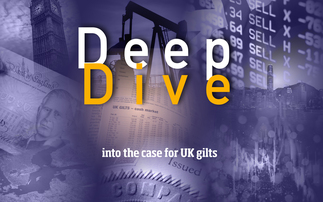Several major central banks have adopted a more hawkish tone in recent months and appear eager to signal that global quantitative easing (QE) is slowly coming to an end.
This is not the first time we have seen a hawkish shift since the global financial crisis. Canada, Sweden and Australia all tightened policy earlier in the cycle, only to have to reverse course shortly thereafter. Moreover, the 2013 ‘taper tantrum' left a lasting impact on the Janet Yellen US Federal Reserve, significantly delaying the Fed's tightening cycle. So what is different now? Several years on, bank and household balance-sheets have continued to heal. But the general backdrop looks tenuous. And if monetary policy makers falter, there is no room for fiscal or monetary stimulus to...
To continue reading this article...
Join Investment Week for free
- Unlimited access to real-time news, analysis and opinion from the investment industry, including the Sustainable Hub covering fund news from the ESG space
- Get ahead of regulatory and technological changes affecting fund management
- Important and breaking news stories selected by the editors delivered straight to your inbox each day
- Weekly members-only newsletter with exclusive opinion pieces from leading industry experts
- Be the first to hear about our extensive events schedule and awards programmes








